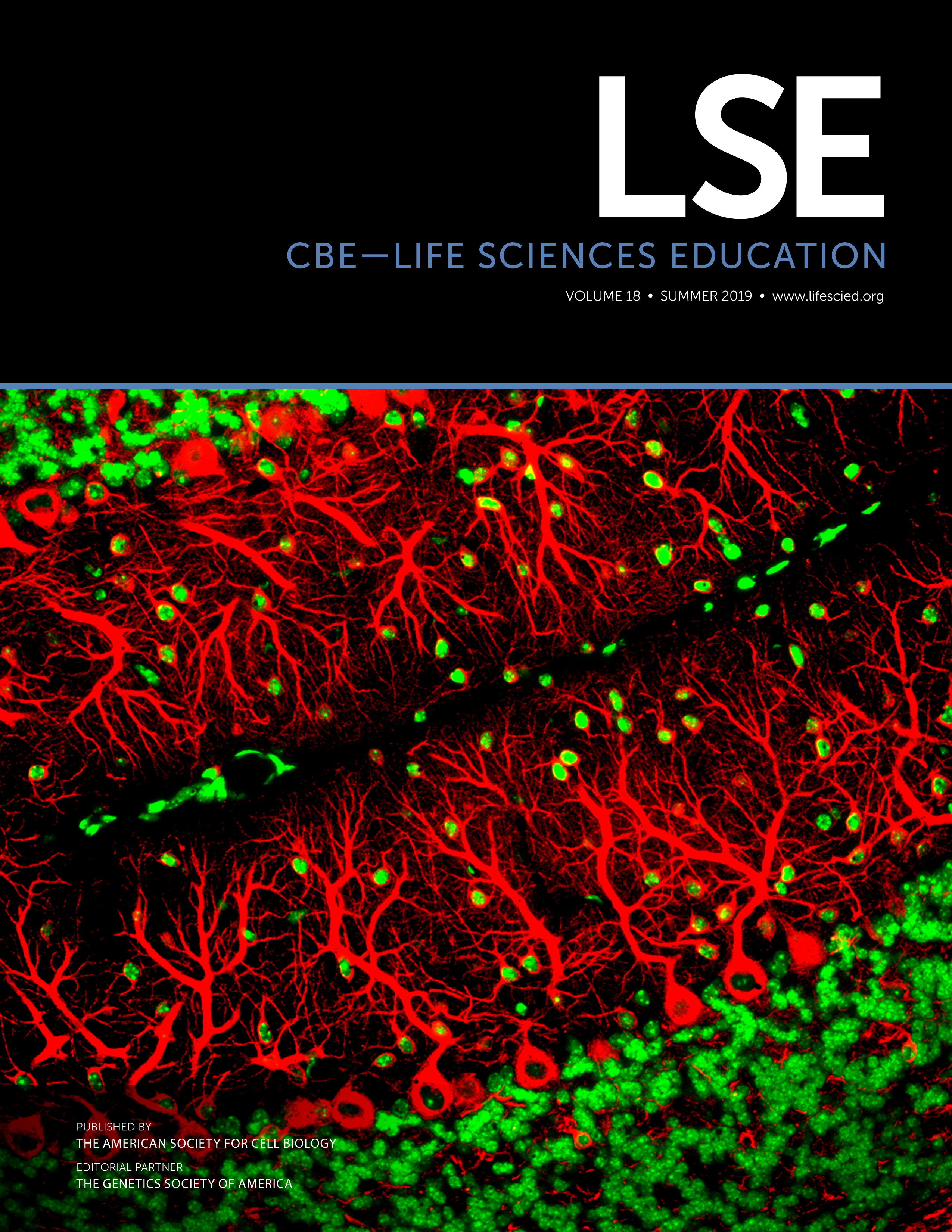Characterizing Students’ Ideas about the Effects of a Mutation in a Noncoding Region of DNA
Abstract
Understanding student ideas in large-enrollment biology courses can be challenging, because easy-to-administer multiple-choice questions frequently do not fully capture the diversity of student ideas. As part of the Automated Analysis of Constructed Responses (AACR) project, we designed a question prompting students to describe the possible effects of a mutation in a noncoding region of DNA. We characterized answers from 1127 students enrolled in eight different large-enrollment introductory biology courses at three different institutions over five semesters and generated an analytic scoring system containing three categories of correct ideas and five categories of incorrect ideas. We iteratively developed a computer model for scoring student answers and tested the model before and after implementing an instructional activity designed to help a new set of students explore this concept. After completing a targeted activity and re-answering the question, students showed improvement from preassessment, with 64% of students in incorrect and 67% of students in partially incorrect (mixed) categories shifting to correct ideas only. This question, computer-scoring model, and instructional activity can now be reliably used by other instructors to better understand and characterize student ideas on the effects of mutations outside a gene-coding region.



